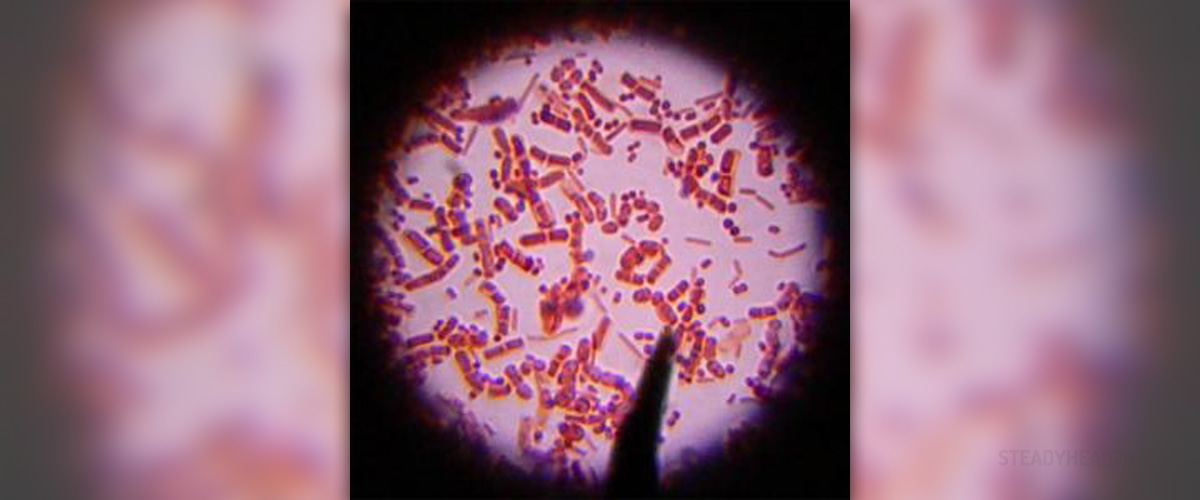
Although, people typically think of bacteria as a disease causing organisms, most of bacteria species are harmless and some are actually beneficial to human health. Bacteria Overview
Bacteria are microscopic, single-cell organisms that live virtually everywhere, in air, water, soil, organic matter and a human body. These primitive organisms are the most surviving species in the entire animal kingdom. Bacteria are found throughout the human body and their number by far exceeds the number of human cells. Over 6 types of bacteria are found in each part of the human body. However, most of them are found on the skin and in the gut.
A Dutch merchant and amateur scientist Antony van Leeuwenhoek was the first person to discover bacteria. He observed them through lens he designed. He named them “animacules”. Bacteria were later classified in the kingdom of microorganisms, known as Procaryotae and divided into three groups depending on the shape of their cells. Coccus is the name for bacteria of spherical shape, rod-like bacteria are called bacilus, vibrio are comma shaped and spiral bacteria are spiral-shaped bacteria are spirochete. According to the effects bacteria have on humans, bacteria can be divided into a harmful type and a beneficial type. Majority of bacteria are harmless to humans although they are usually associated to diseases. Nevertheless, bacterial infections have caused many deaths, especially in children. With awareness of importance of a personal hygiene and the advantage of vaccination, this trend has slowed in recent years.
Beneficial Bacteria
Most of the beneficial bacteria are found in the digestive tract. Beneficial bacteria are necessary to promote health and aid in digestion. More than 500 species of bacteria are part of the normal flora or gut flora. Over 25 species are found in the oral cavity. The first part of the colon, called cecum, is the host for over 108 million bacterial cells per millimeter of content. Beneficial bacteria compete with harmful bacteria and perform different functions. They make enzymes required for digestion of food and create vitamins vital for our well being. Also, friendly bacteria clean toxins out of the bloodstream and promote the immune system. There are also friendly bacteria used in food and medicine. Bacteria are used in making different fermented foods, out of which yogurt and kefir are the best examples. Anaerobic friendly bacteria are helpful in fermentation of vinegar, preparation of cheese and antibiotics. Beneficial bacteria can also promote plant health. They break down organic fertilizers and convert nitrogen into nitrates so that plants can absorb them. Furthermore, helpful bacteria clean water. They clear up toxins and pollutants and maintain chemical balance of the water.


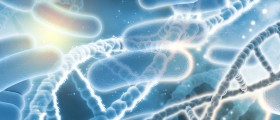

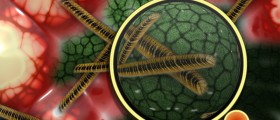




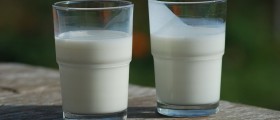

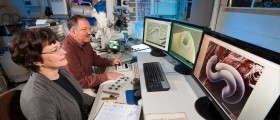





Your thoughts on this
Loading...